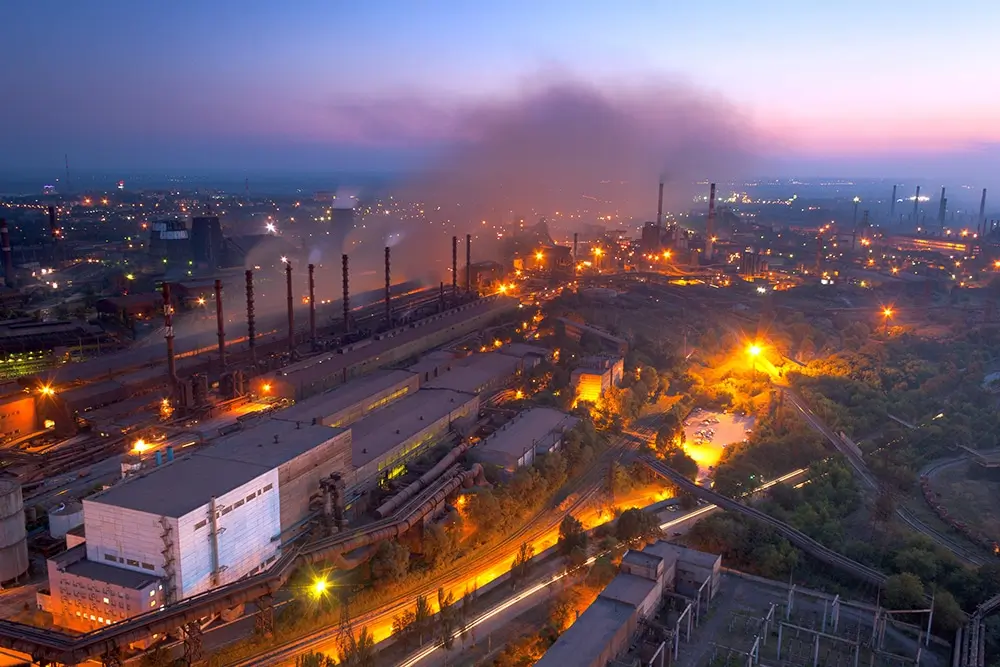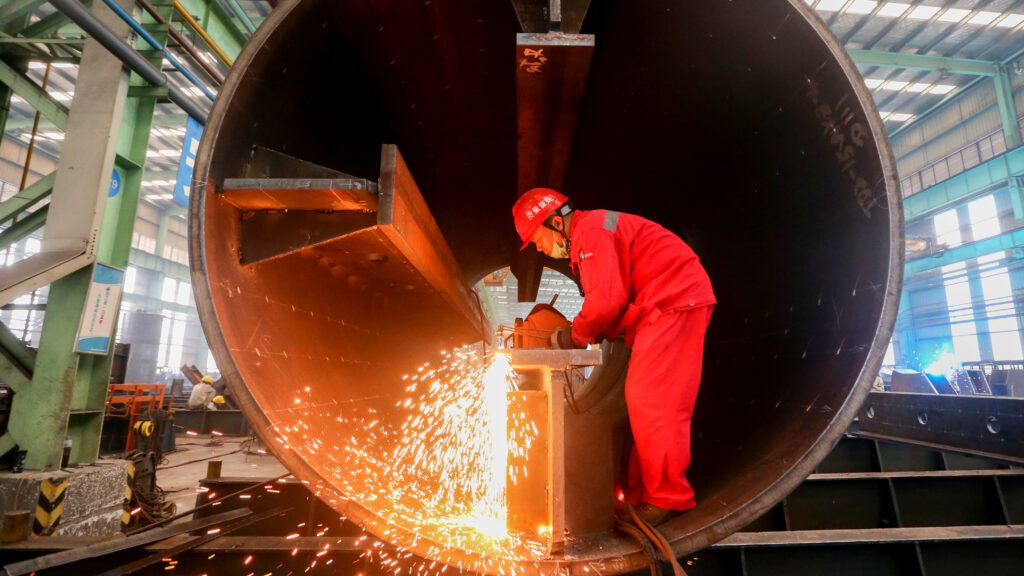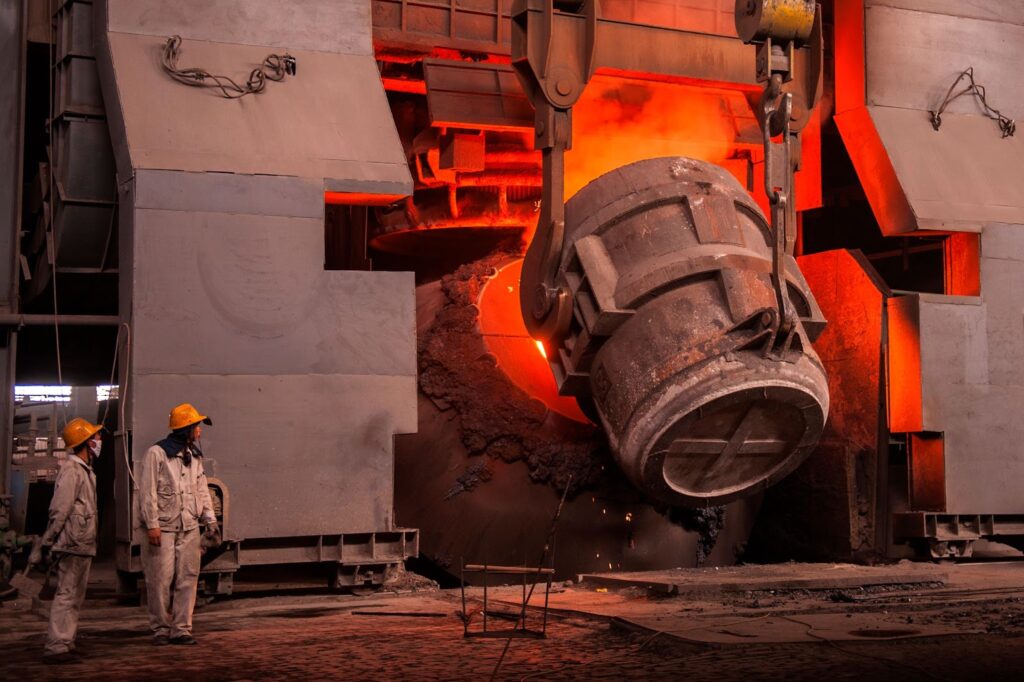Global steel demand is expected to rise by 1.7% reach 1.79 billion tonnes this year, rebounding from the 1.1% decline recorded for 2023, according to the latest short-range outlook released by World Steel Association (WSA) on April 9. The WSA’s growth forecast for 2024 is lower from its prior projection of 1.9% announced last October, though the Association is confident enough to predict a further 1.2% increase in 2025 to 1.82 billion tonnes, Mysteel Global notes.
“While it seems the world economy will experience a soft landing from this monetary tightening cycle, we expect to see global steel demand growth remaining weak and market volatility remaining high on lagged impact of monetary tightening, high costs and high geopolitical uncertainties,” the release quotes Martin Theuringer, chair of the WSA’s Economics Committee, as saying.
Steel demand in China this year will remain around the same level as in 2023 at 895.7 million tonnes, as real estate investments continue to decline, the WSA noted. But the corresponding steel demand loss will be offset by growth in demand coming from infrastructure investments and manufacturing, it suggested.
However, in 2025 China’s steel demand will resume declining, the WSA predicted, with the forecast of 886.7 million tonnes from a 1% dip to being significantly lower than the recent peak demand year, 2020, the release added.
Indeed, steel demand in China might have peaked – and will likely to continue declining in the medium-term – as the country gradually moves away from an economic development model dependent on real estate and infrastructure investment, the WSA observed.
Excluding China, world steel demand will see broad-based growth at a relatively strong level of 3.5% per annum over 2024-2025, according to the forecast.
Prominently, India has emerged as the strongest driver of steel demand growth, WSA observed, adding that its steel demand will continue expanding rapidly. The predicted 8% growth over 2024-2025 will be driven by continued strong consumption in all steel-user sectors and especially infrastructure investment.
Regarding support for global steel demand, WSA believes that a faster than expected decline in inflation – accompanied by further monetary policy easing – could provide a significant boost to steel dependent sectors, particularly housing construction. Meanwhile, the acceleration in global decarbonisation efforts or in efforts to strengthen public infrastructure against rising climate change risks are also positive, the Association remarked.
On the other hand, the WSA identified “significant risks” in the further escalation in geopolitical tensions, inflationary pressures proving more persistent than expected, and high and rising public debt levels triggering fiscal consolidation in major economies, saying these have the potential to slow or even derail the ongoing economic recovery.
Year-on-year growth rates in global steel demand (%)
| Regions | 2023 (f) | 2024 (f) | 2025 (f) |
| European Union (27) + United Kingdom | -10.0 | 2.9 | 5.3 |
| Other Europe | 13.5 | 8.1 | -3.7 |
| Russia & other CIS (4) + Ukraine | 8.6 | 4.1 | 0.8 |
| USMCA | -1.0 | 1.4 | 1.9 |
| Central & South America | 0.9 | -0.5 | 2.8 |
| Africa | -1.7 | 5.4 | 4.4 |
| Middle East | -0.4 | 4.1 | 2.6 |
| Asia and Oceania | -1.0 | 1.2 | 0.7 |
| World | -1.1 | 1.7 | 1.2 |
| World excl. China | 1.3 | 3.5 | 3.5 |
| Developed Economies | -4.2 | 1.3 | 2.7 |
| China | -3.3 | 0.0 | -1.0 |
| Em. and Dev. Economies excl. China | 5.5 | 5.0 | 4.0 |
| ASEAN (5) | 1.1 | 3.5 | 4.3 |
| MENA | -2.2 | 4.7 | 3.0 |
Source: WSA
f: forecast; ASEAN (5): Indonesia, Malaysia, Philippines, Thailand, Vietnam
Written by Carly Chen
Source: Mysteel







